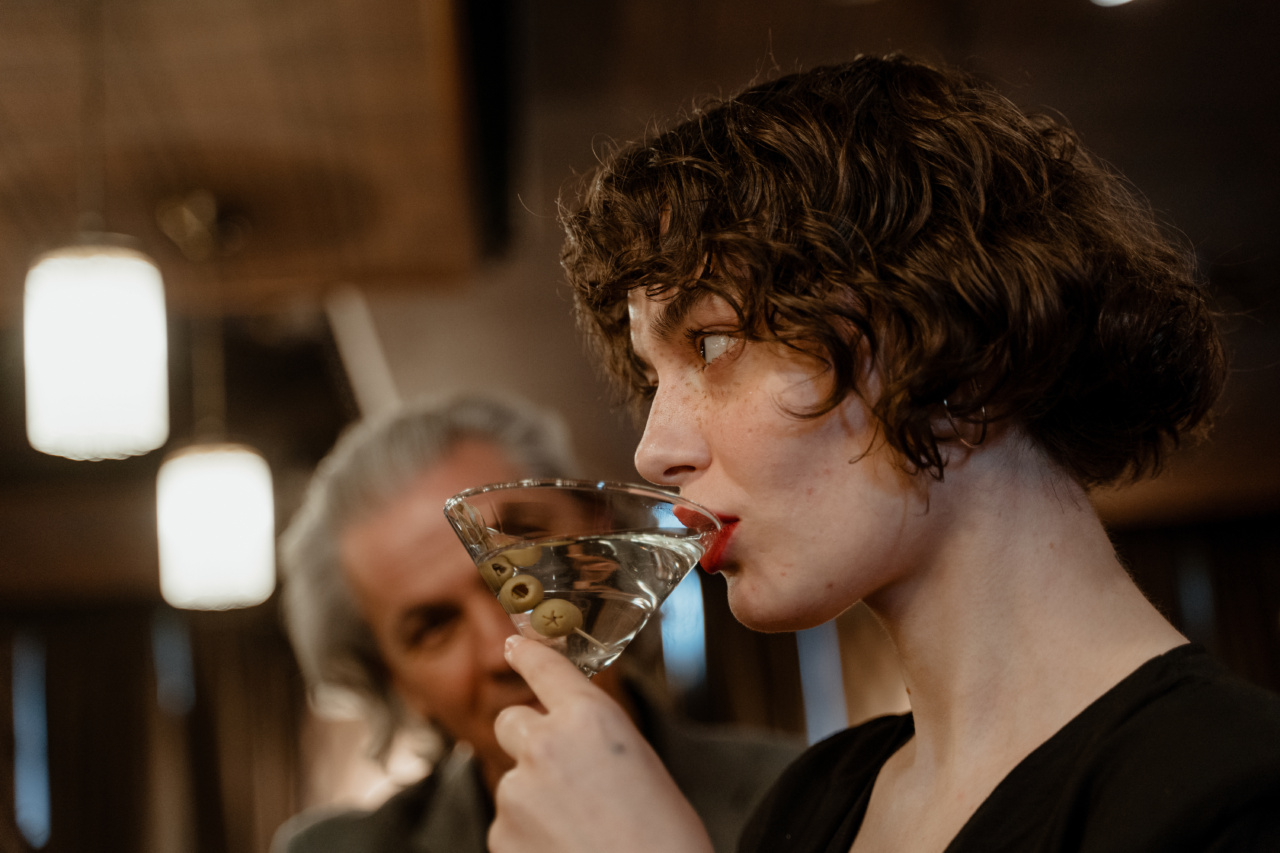Olives are popular fruits used in various culinary dishes and are also commonly consumed as a snack. They are known for their numerous health benefits and are praised for their high content of monounsaturated fats and antioxidants.
However, some olives may have tiny hair-like structures on their exterior, which can be quite unpleasant to eat. Many people attempt to remove these hairs before consuming olives, assuming they pose a risk to their health.
In this article, we will explore whether there are any actual risks associated with consuming olives with hair and discuss potential solutions to this unwanted issue.
What exactly are the hair-like structures on olives?
When examining olives closely, you may notice small hair-like growths on their skin. These structures are actually called trichomes, which are tiny outgrowths or appendages found on the surface of various plants.
Trichomes can serve many purposes, such as defending the plant against herbivores, protecting the plant from excessive sunlight, or reducing water loss.
Are olives with hair harmful to eat?
The presence of trichomes on olives is a natural occurrence and does not render them harmful to eat. In fact, these trichomes are not toxic or poisonous in any way.
While they may create an unpleasant texture or feeling in the mouth, they are not known to cause any adverse health effects when ingested.
Potential risks associated with removing olives’ hair
While removing the hairs from olives may seem like a harmless practice, it can unintentionally introduce some risks:.
1. Contamination:
When attempting to remove olives’ hair manually, there is a risk of transferring dirt, bacteria, or other contaminants from hands or utensils onto the fruit’s surface.
This can compromise the overall hygiene and safety of the olives, especially if proper handwashing or sterilization of utensils is not practiced.
2. Alteration of taste and texture:
Some people argue that removing the hairs from olives enhances their taste and texture. However, the trichomes can contribute to the unique sensory experience olives offer.
Removal may result in a different mouthfeel and potentially diminish the overall taste satisfaction.
3. Decreased nutrient content:
Trichomes on olives contain beneficial compounds, including antioxidants and antimicrobial substances. By removing the hairs, you may unintentionally reduce the overall nutrient content and health benefits of the fruit.
The solution: Proper preparation and consideration
To mitigate the risks associated with consuming olives with hair, it is essential to follow proper preparatory measures:.
1. Thoroughly wash olives:
Before consuming olives, it is crucial to wash them thoroughly under running water. This helps remove any dirt or contaminants that may be present on the fruit’s surface.
2. Soak olives in saltwater:
Soaking olives in a brine solution for a short period can help soften the trichomes, making them less noticeable and easier to eat.
3. Use a soft brush or cloth:
If the hairs on the olives bother you, gently scrubbing them with a soft brush or cloth can help remove or reduce their presence while minimizing the risk of contamination.
4. Choose hairless varieties:
Some olive varieties naturally have fewer or no trichomes. Opting for these hairless varieties can eliminate the need for manual removal and provide a smoother eating experience.
Conclusion
In conclusion, while the hairs found on olives may not present any significant risks to your health, it is crucial to take proper precautions when consuming them.
By following the suggested preparatory measures, you can minimize any potential risks associated with contamination or altered taste and texture. Ultimately, the choice of removing olives’ hair or consuming them as-is depends on personal preference, and both options are generally safe.






























